It is the test bench for YF-90, like the one being constructed in Shaanxi for YF-130 etc.A new engine testing center has broken ground in Laiyuan county in Hebei province. The center will be operated by the 101st Institute of the Sixth Academy of CASC. Once finished, it will house comprehensive testing facilities for cryogenic liquid rocket engines up to 500-tons of thrust. First to come online later this year is a testbed for liquid hydrogen and liquid oxygen (Lox/LH2) cryogenic engines.




You are using an out of date browser. It may not display this or other websites correctly.
You should upgrade or use an alternative browser.
You should upgrade or use an alternative browser.
China's Space Program Thread II
- Thread starter Blitzo
- Start date
supercat
Colonel
Did I miss something? Is there some informal agreement that discourages unannounced spacewalk? Why was China's spacewalk "bizarre"?On March 30, the crew of Shenzhou-15 successfully carried out their third extravehicular activity.




It is again the stinky "Andrew Jones".Did I miss something? Is there some informal agreement that discourages unannounced spacewalk? Why was China's spacewalk "bizarre"?
is a copy to the paper. As Kalec precisely pointed out, the authors are from CALT of CASC, although the source paper per se to the diagrams appears to be a different one as referred in #1285. Both papers are attached for reference.Illustrations from paper on a HTHL spaceplane/transport plane. Might this be about the Tengyun project? Does anyone have access to the paper to provide more context?
Some specs based on the illustrations:
- Re-usability: >100 times
- Payload capacity: >60 tons
- Reliability: <0.997 (target goal), 0.97 (achieved)
- Speed: ≥10,000km
- Cost per launch: ~5% of single-use rockets
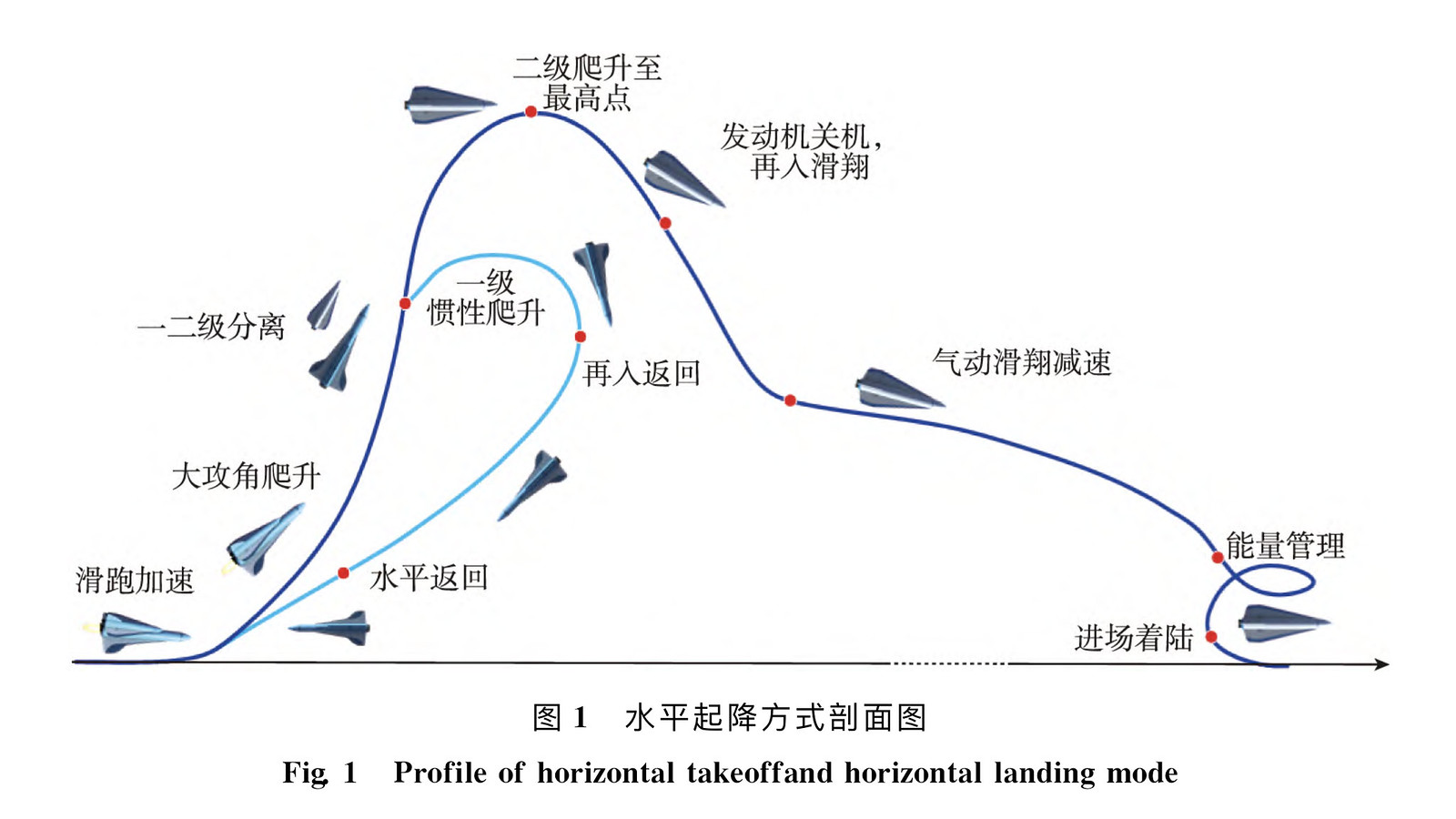
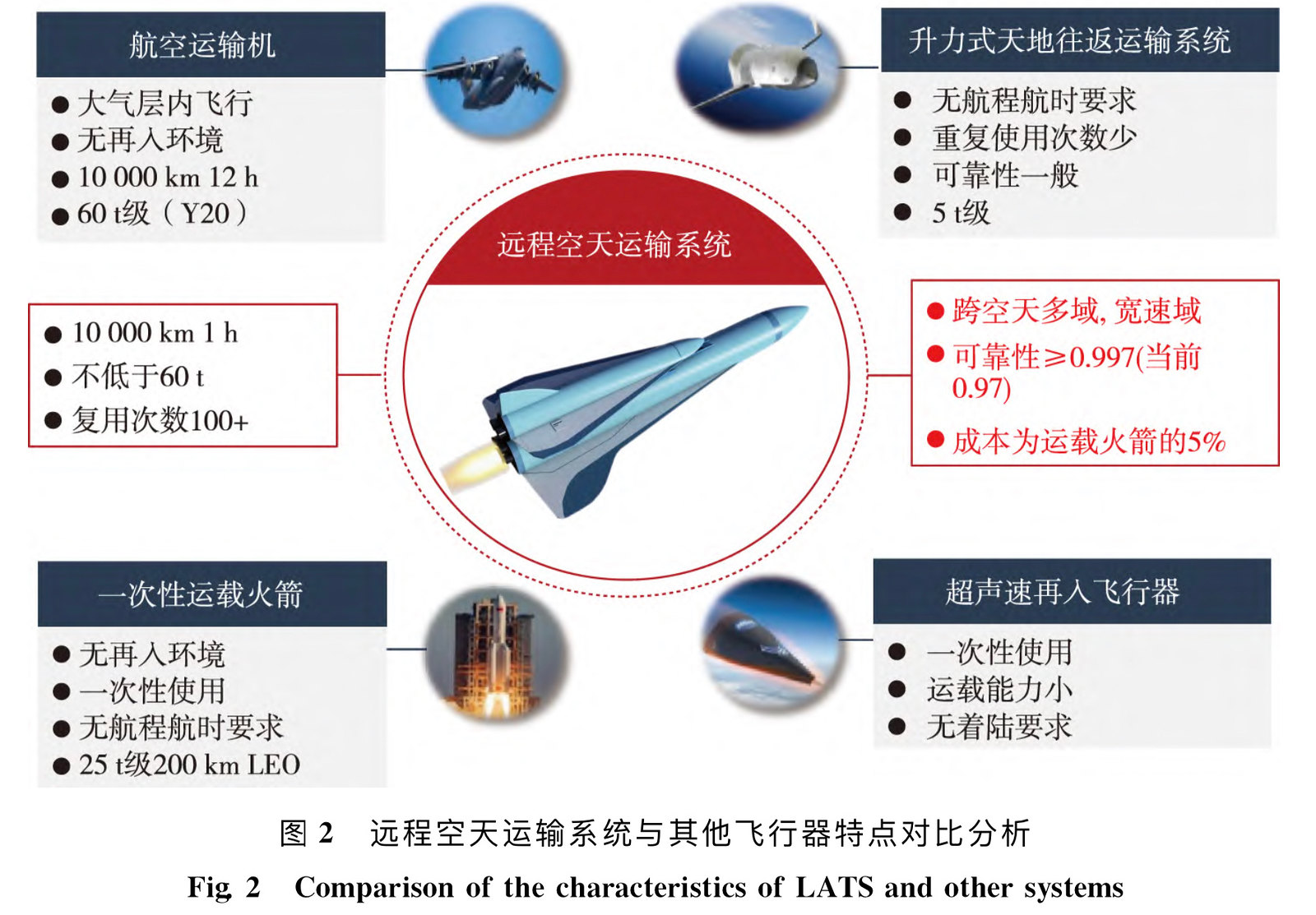
Glancing through them, the source paper appears to be a fairly high-level exploratory piece hence the figures provided could just be notional. The referred latter paper seems to be more of a feasibility study for related developments in lifting-body designs.
by78
General
Illustrations from a paper that provides an excellent overview of the various design aspects of the Chinese space station. The illustration below is from a section of the paper that specifically deals with the station's expandability. According to the paper, the station was designed to be expandable from the very beginning, and additional power and environmental control capacities for additional modules are baked in. Three additional modules can be added to the station, bringing its total weight to 180 tons. Not shown in the illustration is a possible future inflatable module that will serve as a demonstrator to validate the technology.
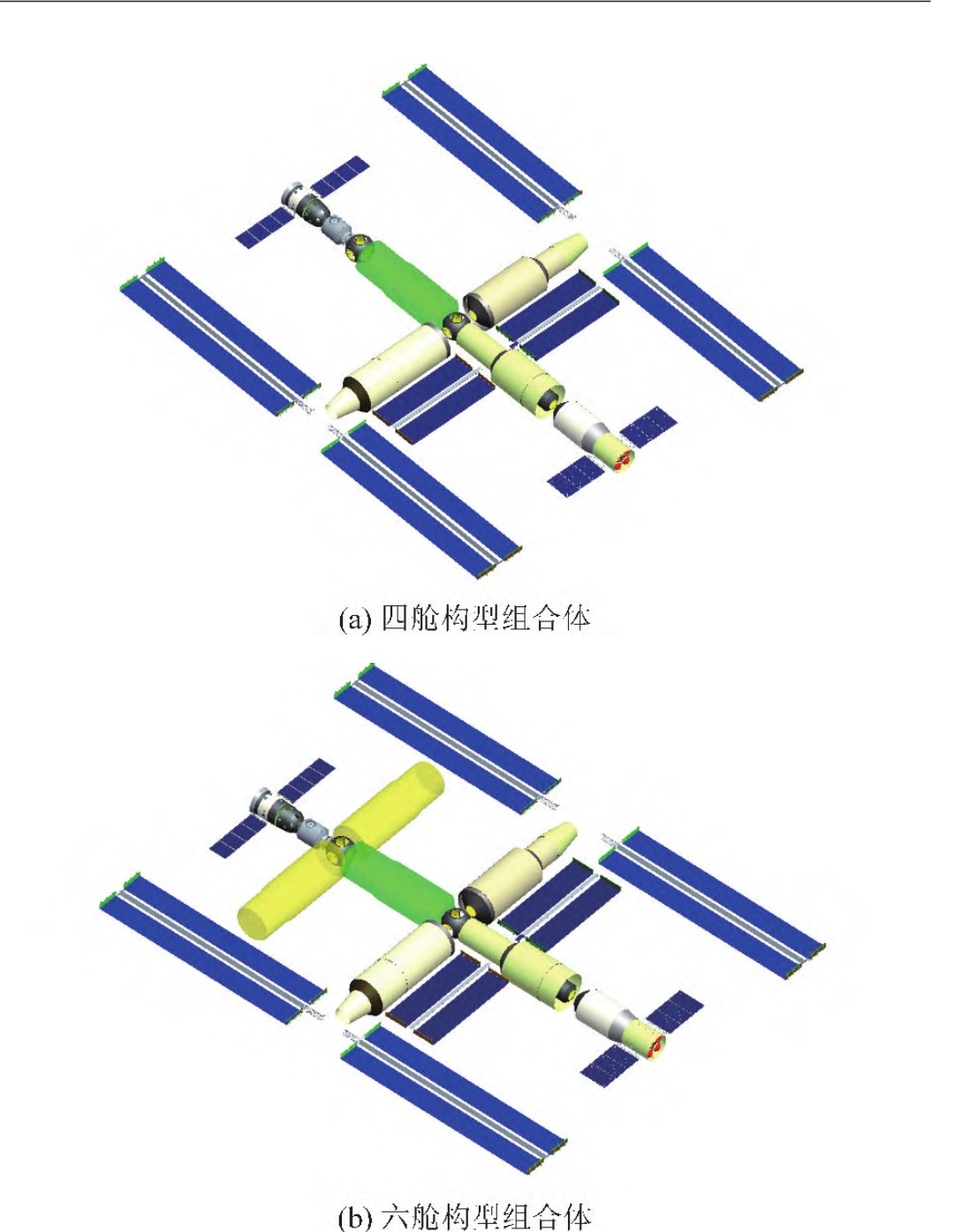
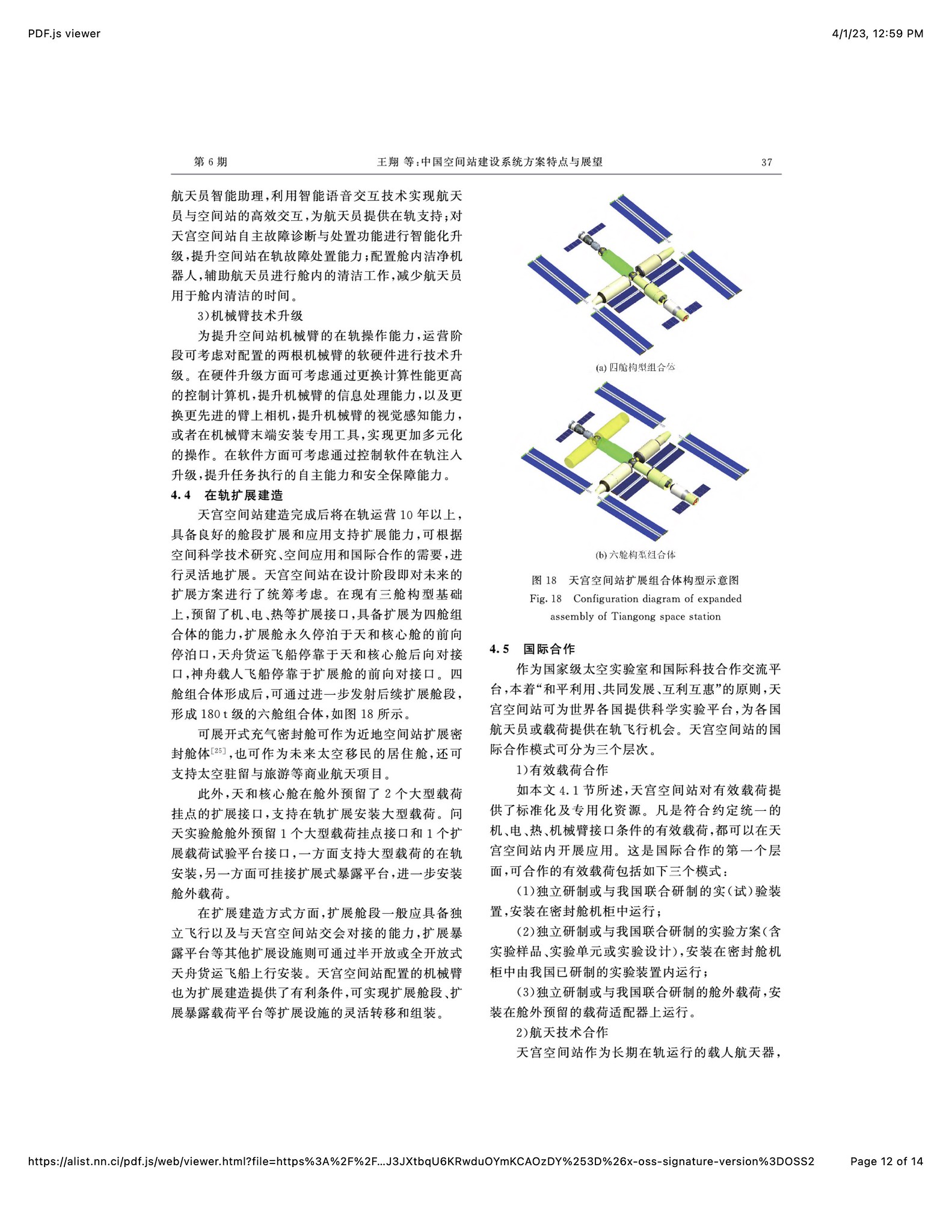
China is also considering using the space station to assemble large telescopes, antenna arrays, and other systems, whose size would no longer be limited by their launch vehicles if their final assembly were on-orbit. The illustration below shows the Xuntian telescope docked with the station for assembly/maintenance.



China is also considering using the space station to assemble large telescopes, antenna arrays, and other systems, whose size would no longer be limited by their launch vehicles if their final assembly were on-orbit. The illustration below shows the Xuntian telescope docked with the station for assembly/maintenance.

Last edited:
by78
General
An academic paper on China's electric thrusters development and the various application scenarios for electric propulsion ranging from Lunar exploration, Mars exploration, astroid sample return, to deep space exploration. A machine translation of a Chinese summary is provided below, but it's broken up into parts due to character limit per post.





1. Lunar exploration
The mission of my country's lunar exploration missions is shifting to deepening research and resource development and utilization, focusing on scientific exploration and manned moon key technology research. Long-term orbit maintenance, etc., proposed high thrust (Newton level thrust), high specific impulse (above 2500s), high reliability, high power density (better than 0.4kW/kg), long-term on-orbit work (>2 years) for the propulsion system ), having a certain degree of technological maturity (application in a short period of time) and other new requirements.
In view of the above requirements, two technical systems of [Hall Electric Propulsion] and [Magnetic Plasma Propulsion (MPDT)] are mainly considered.
Hall electric propulsion can choose two application modes of ultra-high-power single string or high-power clustering. China's high-power Hall electric propulsion has broken through 100 ampere, high-current hollow cathode, high-density, high-energy plasma electromagnetic control, low-temperature, high-density supercritical multiple For key technologies such as working fluid storage and performance testing and diagnosis under thermal steady-state conditions, the Shanghai Institute of Space Propulsion (801 Institute) has developed two Hall electric propulsion products of 20kW and 100kW, and successfully ignited a Newton-class electric thruster for the first time; Lanzhou Space The Institute of Technical Physics (510 Institute) has developed three Hall electric propulsion products of 12.5kW, 50kW, and 100kW, and took the lead in completing the ground test of 100kW high-power Hall electric propulsion. The indicators are comparable to the internationally advanced American X3 Hall electric propulsion.
Beijing Control Engineering Research Institute (502 Institute) took the lead in jointly developing the world's first integrated 150kW MPDT with Hefei Institute of Material Science, Chinese Academy of Sciences, University of Science and Technology of China and other units, using superconducting coils to increase the central magnetic field strength to above 1T (using The central magnetic field strength of the copper coil can only reach 0.4T), the maximum thrust at 150kW rated power reaches 4N, the specific impulse is 5714s, and the efficiency is 76.6%.
Follow-up development focus: key breakthroughs in key technologies such as system integration, life improvement, on-orbit replaceable and supplementary, model-based life assessment, etc., to accelerate the development and on-orbit verification of high-power Hall electric propulsion systems and magnetoplasma propulsion systems , to achieve flight applications.
2. Asteroid detection
The main features of asteroid exploration missions are:
(1) There are many detection targets and the speed increment is large, so it is necessary to use a high specific impulse propulsion system combined with planetary gravitational assistance technology to complete the orbit transfer;
(2) The power missions are diverse, including flying around, attaching, and sampling return, etc., which require the propulsion system to have multiple modes to adapt to complex mission profiles;
(3) The asteroid's gravitational field is weak and its dynamic environment is complex, requiring the propulsion system to have sufficient thrust precision to achieve high-precision approach.
Therefore, the advanced electric propulsion technology with the characteristics of multi-mode (wide power range and multiple operating points), precise adjustable thrust (μN-level resolution), high total impulse (≥9MNs), long life (≥20000 hours) and other characteristics is used on asteroids. Significant advantages in the field of detection.
Driven by the #天问二号# asteroid exploration mission, the 510 Institute has made breakthroughs in key technologies such as the improvement of discharge uniformity, the suppression of sputtering excess, and the optimal design of a wide range of beam current adaptability and long-life grid components. The [long-life multi-mode LIPS-300S ion electric propulsion system] required by my country's asteroid exploration mission has been fully expanded compared with similar international advanced products (NSTAR). The mode points of LIPS-300S ion electric propulsion can also be expanded as needed to meet the application requirements of other asteroid or comet detection missions.
Follow-up development focus: Focus on the development of long-life multi-mode ion electric propulsion technology, aiming at the characteristics of asteroid exploration missions with ultra-long life, complex mission profiles, and difficult measurement and control, break through the multi-working mode and mission matching verification of ion electric propulsion, and long-life design Key technologies such as simulation verification, reliability improvement and evaluation under long life, and independent and stable operation have increased the life of electric propulsion to more than 50,000 hours.
3. Manned Mars Exploration
my country's manned Mars exploration is still in the stage of program demonstration.
[Nuclear Power Propulsion] Carrying out a manned mission to Mars is one of the feasible technical routes. Nuclear power propulsion can provide MW-level electric energy, which can support the propulsion system to achieve high thrust (tens of Newtons) and high specific impulse (4000-10000 seconds). years) and extremely high reliability.
MW-level nuclear power propulsion can be realized by using two technical routes of 100-kilowatt-level Hall electric propulsion clustering and high-power-density electromagnetic propulsion. Some research institutes in my country have laid out and started research on high-power-density advanced electromagnetic propulsion technology in advance, leading to research on key technologies such as high-efficiency plasma acceleration (FRPT) based on rotating magnetic fields, and reserve core technologies for the development of new system space nuclear power propulsion systems.
Focus on follow-up development; focus on deepening the demonstration of nuclear power propulsion technology plans, formulate a roadmap for the development of my country's space nuclear power propulsion technology, rely on the two core technological advantages of space nuclear power and high-power electric propulsion, carry out system design and key technology research, and accelerate high-power development. The nuclear power propulsion system cascade test of various technical systems such as Hall and high power density electromagnetic propulsion, and the on-orbit verification of the nuclear power propulsion system are planned simultaneously, laying a technical foundation for the implementation of manned Mars exploration.





by78
General
4. Exploration of the edge of the solar system
The exploration of the edge of the solar system is an international frontier field of space science. During the detection process, the flight distance is long, the mission period is long, the detection environment is unknown and changeable, and the energy and power requirements are high, so the implementation is extremely difficult. Due to the long period of the solar system exploration mission (flight time > 10 years), it is recommended to select the [long-life electric propulsion technology] that can be applied in the near future; in order to improve the overall efficiency, the solar system exploration can be set as a multi-target detection mission, which needs to be propelled The system has technical features such as [ultra-high specific impulse (≥6000s)], variable thrust and continuous adjustment; considering the difficulty of long-distance flight measurement and control, it is necessary to develop intelligent autonomous operation capabilities.
In response to the new requirements for the application of electric propulsion in the exploration missions at the edge of the solar system, the Lanzhou Institute of Space Technology and Physics has broken through the key points such as two-stage acceleration and ion beam stability control, continuous adjustment of micro-Newton level thrust resolution, and wide-range self-adjustment of thrust based on neural networks. Technology, completed the ground test of ultra-high specific impulse technology, the highest specific impulse of xenon working medium reached 10076s; developed the continuous variable thrust ion electric propulsion flight product LIPS-100, the thrust adjustment resolution is better than 13μN, reaching the international advanced level, and will be launched soon On-orbit verification.
Focus of follow-up development: The work sequence of ion electric propulsion is relatively independent, the parameters can be decoupled, and it has advantages in intelligence. We should focus on the cross innovation of intelligent electric propulsion and ultra-high specific impulse electric propulsion, and accelerate breakthroughs in the design of intelligent electric propulsion system architecture and tasks. Adaptive analysis and application strategy optimization, intelligent algorithm design and component development and other key technologies continuously improve the specific impulse of ion electric propulsion and the level of intelligent autonomous operation.
5. Earth-moon space scientific exploration
Earth-moon space scientific exploration is an important means to verify advanced detection payloads and reserve key new technologies for complex space scientific exploration. It is an important development trend to carry out commercial earth-moon space science exploration based on low-cost, high-functional-density advanced cubesats. At present, the typical tasks of earth-moon space exploration mainly include the detection of lunar water ice resources, the establishment of a communication system around the moon, and the observation and analysis of mineral resources around the moon.
In response to the new needs of the commercial exploration and application of the earth-moon space, my country has developed integrated electric propulsion products with various technical systems. For example:
①The variable power LHT-40 Hall electric propulsion system developed by 510, with adjustable power from 100 to 300W, has dual propulsion modes of electric propulsion/cooling, especially suitable for tiny probes, and has achieved on-orbit flight;
② The 502 Institute has developed a 300W power HEP-40MF Hall electric propulsion system with a thrust of 10mN and a specific impulse of 1200s. It will complete the mission of raising the orbit of low-orbit satellites in 2022, and the orbit will be raised by nearly 300 kilometers;
③ The Institute of Microelectronics of the Chinese Academy of Sciences has developed an iodine propellant radio-frequency ion electric propulsion system for micro-satellites, which will be equipped with "Tianqi 19 Satellite" to achieve on-orbit verification in 2022. It is the first time in China that the iodine propellant electric propulsion system can work stably in orbit;
④The LRIT-30 radio frequency ion electric propulsion system developed by 510 has a power of 50~80W and a thrust of 0.5~1.1mN, which is especially suitable for micro-nano lunar detectors and has entered the stage of engineering prototype development;
The space gravitational wave detection project "Space Tai Chi Project" of the Institute of Mechanics, Chinese Academy of Sciences has developed an integrated radio frequency ion electric propulsion system μRIT-1, which has been equipped with the "Tai Chi One" in 2019. No." to complete the on-orbit verification;
⑤ The pulsed plasma electric propulsion (PPT) developed by the National University of Defense Technology will carry the "Lingque 1A" satellite to realize in-orbit flight in 2019;
⑥ Beijing Institute of Mechanical Equipment (Institute 206) has developed an ionic liquid electrospray electric propulsion system for cube star high-precision attitude adjustment, orbit transfer, and final off-orbit missions. In 2019, it carried the TY-11 satellite to complete multiple on-orbit ignitions Test, the performance meets the application requirements.
The integrated electric propulsion suitable for tiny detectors should adhere to the development idea of "letting a hundred flowers bloom". On the one hand, continue to improve the maturity of low-power integrated ions and Hall products, increase flight experience, and optimize application strategies; A new type of high-precision micro-electric propulsion technology represented by nano-electrode arrays.





zaky
Junior Member
Hi! What kind of multimeter is there in the space?
broadsword
Brigadier
Hi! What kind of multimeter is there in the space?
No Fluke
A key R&D project under the 14th Five-Year Plan has been launched. The project aims to develop a very large satellite platform for mounting various sensor packages for earth observation. Current observation satellites are generally dedicated to observing a single aspect of Earth (such as atmospheric humidity, temperature, winds, topography, etc.), which makes combining the separate streams of data very difficult. The project aims to bundle multiple sensors packages onto a single platform to enable persistent, coordinated observation of geophysical evolution, with high temporal and spatial resolution. The project will be led by the Eighth Academy of CASC, with the 509th Institute responsible for the overall technological development and implementation.

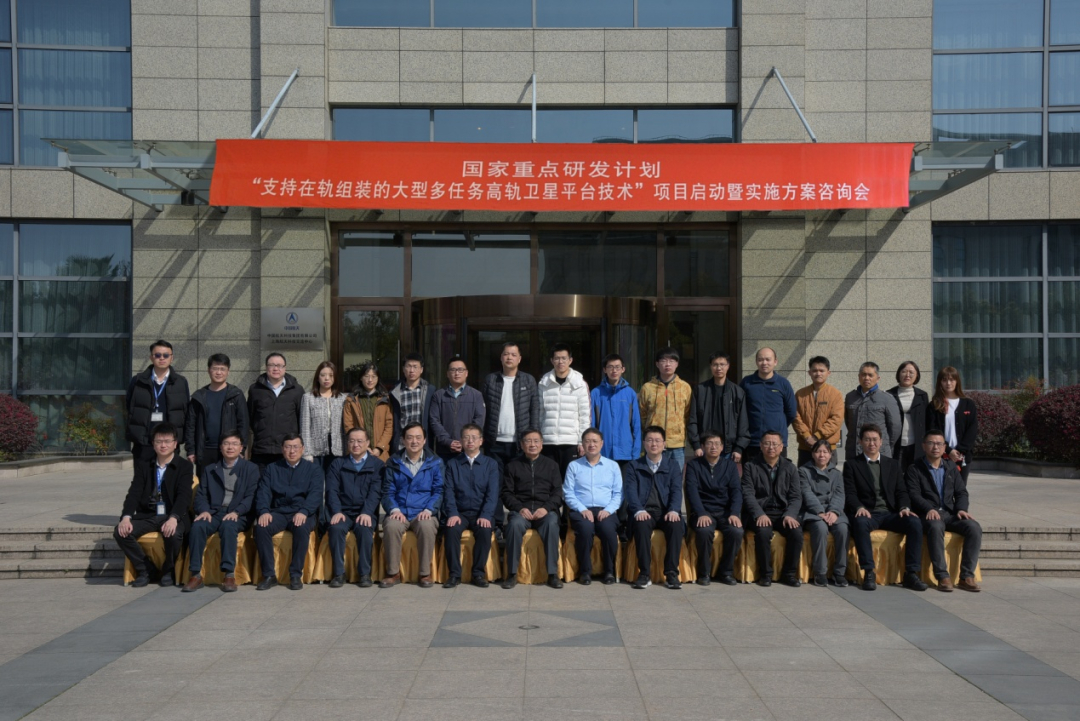
National Key R&D Plan
"Large multi mission high orbit satellite platform technology supporting in orbit assembly"
